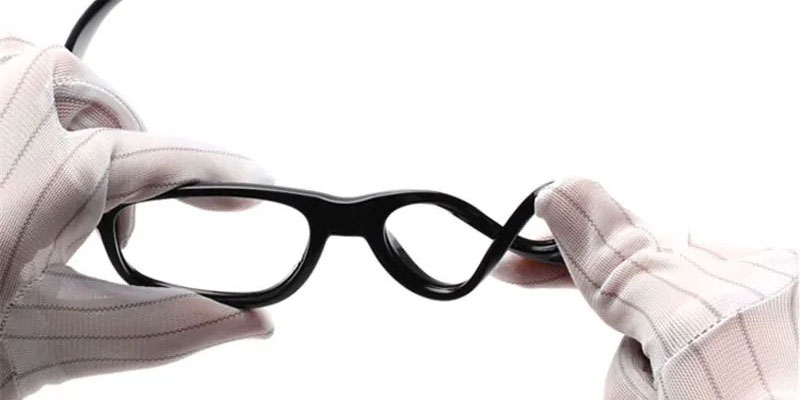There’s a lot of hype lately around yellow glasses and blue light filters — but do they really work? Today, I take a closer look at blue light glasses, from a parent’s perspective.
(TLDR: Jump straight to my filter and glasses recommendations below.)
The Problem: Blue Light Hinders Sleep
As parents, we worry about the sleep patterns of our children. A lot. Starting from birth, we constantly take note of how long and how often babies sleep. (Don’t tell me you didn’t use Baby Connect to track everything from poops to sleep cycles.) As our little ones get older, we might allow ourselves to obsess a teensy bit less, but don’t fool yourself: sleep habits continue to be a mainstay of parental worries up until your kiddo is out of the house.
As our toddlers eventually grow into kids with increased screen time, we worry not only about the psychological effects from what they are seeing (addictive Youtube videos, I’m looking at you), but also the physiological effects from the screen. There is increasing research on how the blue light emitted from our mobile devices can disrupt sleep patterns. In a 2009 study in Chronobiology International, participants who wore blue-light blocking glasses three hours before bedtime reported better sleep quality and mood than those who didn’t. A 2015 study in the Journal of Adolescent Health showed similar results: when a group of young boys wore orange glasses while looking at their phones for a few hours before bed, they felt “significantly more sleepy” than when they wore regular (clear) glasses.
What’s the Big Deal with Blue Light?
Blue light isn’t necessarily a bad thing. Blue wavelengths, which are at the high end of the light spectrum, are beneficial during the day because they boost your mood and attention. And blue light is everywhere, most notably in sunlight.

Until recently, evolutionarily speaking, humans were only exposed to blue light from natural sunlight during the day. But in this modern technological age, we are now constantly bombarded with blue light from artificial sources, ranging from fluorescent lighting to mobile phones, at all times of the day and night.
And why exactly is this a problem? Too much exposure to blue light tricks our bodies into thinking it is daytime, suppressing the secretion of melatonin, the hormone that regulates our sleep cycles.
Queue every parent’s nightmare: the child that never sleeps!

Solution: Screen Filters & Tinted Glasses
So what can we do to protect our kids’ sleep time? There are two alternatives: screen filters and tinted glasses.
Blue Light Filter Recommendations
With blue light filters, we attack blue light at the source by preventing its emission from the screen. You can download any number of filters online and apply them to your phone or computer for free.
Windows 10 has its own blue light filter called Night Light: check out how to install it here. Mac/iOS/iPhone users can use Night Shift, which automatically shifts the colors of your display to the warmer end of the color spectrum after dark (setup instructions). For Android phone users, I recommend the Twilight app: you can set the color temperature, intensity and screen dim to automatically turn off and on whenever you want.
Blue Light Blocking Glasses Recommendations
Filters are all fine and good, but since blue light is emitted from most light sources — not only screens — we also recommend getting blue-light blocking glasses. This helps protect your child’s eyes from blue light, no matter where it’s coming from.
For kids, I recommend these nifty silicone anti-blue light glasses by Zilead (available now in our shop): the frames are super flexible, and thus pretty near impossible to break. For my 5-year old son though, I got adult-sized glasses — because he has such a big head!

I make sure my son wears his special yellow glasses when watching TV or the iPad, if it’s within 3 hours before bedtime. He doesn’t mind because he thinks wearing glasses are pretty fun! (Yeah, I know he’ll grow out of that.)

You can check out both blue-light blocking glasses below. The adult anti-blue light glasses don’t have silicone frames (Really, you still wanted that?), but were specially chosen for being deeply tinted yellow, for maximum blue-light protection.
[The cat sunglasses aren’t particularly anti-blue light, but we have them in stock because they’re hilarious.]